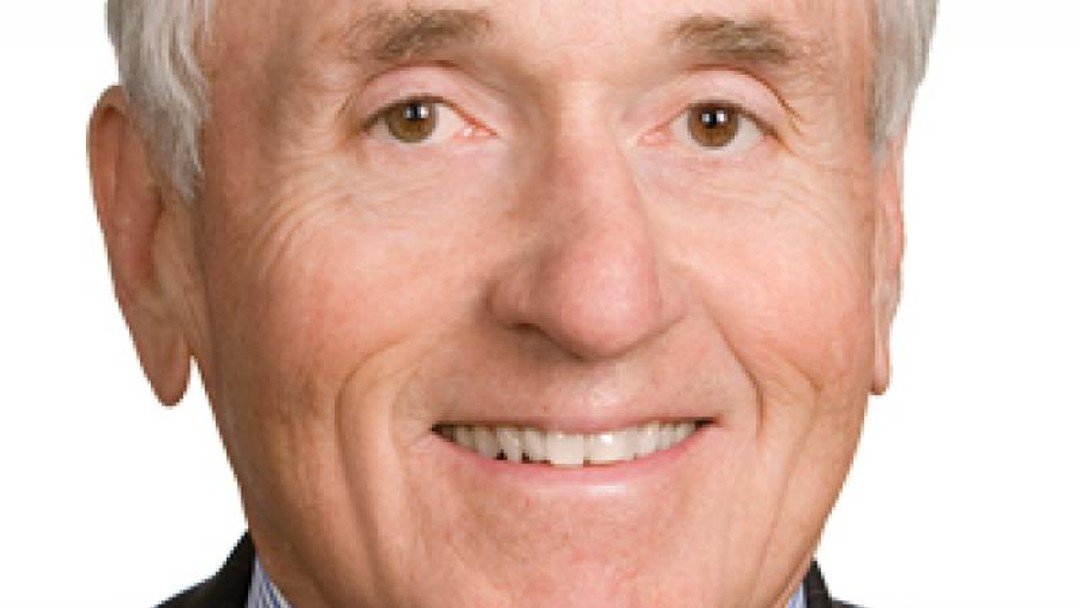The how, who and what of selecting your firm's next managing partner

By Julious P. Smith Jr, Chair Emeritus, Williams Mullen
Whether every year, every decade, or once in a generation, a law firm must choose a new leader. The process ranges from a vote by the full partnership to an anointment by the outgoing managing partner. Interestingly, either of these options presents a fairly simple path to follow. Most firms find trouble between the two extremes. Selecting a new leader without a vote or an anointment presents a challenge that can affect the future of the firm. This article presents a roadmap to tackle that challenge.
When the process of selecting a new leader begins, every firm must answer three questions: how, who and what. How do you choose a successor? Who do you choose? And, finally, what do you do with the outgoing managing partner?
How
As to the how, law firms are built on trust. Lawyers rarely want to participate in any election process, but they want to trust the outcome of it. Thus, the selection must be open and fair. Firm members know who can lead and who can’t. They know each other’s strengths and weaknesses. Unlike searches in Fortune 500 companies, outside consultants bring very little value to the selection process. A selection committee is better served listening to its partners than to outsiders.
The selection may be made by the board, the management committee, an executive committee or a selection committee created by one of the above. All constituents must be represented on the committee. In firms with multiple offices, if practical, someone from each office should have a seat on the committee. Each practice group should participate. The older members of the firm and the younger members of the firm should also be represented. The committee members must be respected by their partners.
The committee must also be of a size that can meet as needed and make a quick decision. A committee of more than five or six members will generally get bogged down and have a difficult time making a decision.
The committee must hear everyone who has an interest. It should interview all board and/or executive committee members and all candidates for the job. The committee should also allow any partner who wishes to express an opinion to do so. Giving everyone an opportunity to comment on the candidates creates an atmosphere of openness and gives the partners confidence in the process.
Each candidate should be given the same amount of time and asked the same questions. Sample questions would involve short and long-term strategies, what the candidate sees as his biggest challenge, what he would change and what he would leave the same. Most importantly, each candidate should be asked about his vision for the firm. The answer to that question gives the best view of how the firm would look under that person’s leadership.
After concluding all interviews, the
committee should make its recommendation. But, who should it recommend?
Who
A strong leader must possess many good qualities. Identifying only one or two poses a difficult task. Notwithstanding that challenge, two mandatory traits are courage and communication – the courage to make tough decisions and the communication skills to garner support for those decisions. Focusing on these traits presents a good starting point for choosing a new leader.
The leader, no matter what skill set he possesses, must also instil trust in his partners. If the partners do not believe that he acts in their best interests, he will not succeed. Accordingly, the committee should eliminate candidates perceived to be selfish or self-centred. No matter how strong his qualifications, lawyers must trust a leader in order to follow him.
What
After answering how and who, the committee must then decide what to do with the outgoing manager partner. Deciding what he will do is a critical part of any change of leadership. This becomes even more important with a relatively young outgoing managing partner. He may have given up a great deal of his practice to lead the firm. Too often, the firm rewards that gesture by asking ‘what have you done for me lately?’ when the partner has a difficult time rebuilding his practice.
To avoid that result, set realistic goals for the outgoing managing partner. Provide him with a job description and income security for a finite period of time so that he will not feel the pressure of underperformance. Most importantly, give him the chance to ramp up and ‘get back into the game’.
Leave the outgoing leader’s involvement in management to the new managing partner. Most often, a new leader wants
to set his course; how he involves the
old managing partner will be a part of
that course.
Change management
In summary, any change of leadership involves how, who and what. ‘How’ must be open and transparent, with an opportunity for everyone to participate. ‘Who’ must be someone trusted by the partners, with the courage to make tough decisions and the communication skills to carry out those decisions. ‘What’ the firm does with the outgoing managing partner involves giving him time to rebuild his practice and financial guarantees that enable him to do so.
Julious P. Smith Jr is chair emeritus
at US law firm Williams Mullen
(www.williamsmullen.com)
